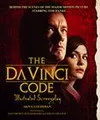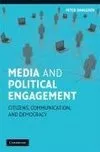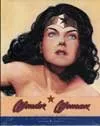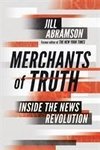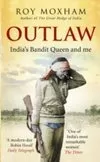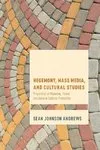
-
 Anglický jazyk
Anglický jazyk
Scottish pre-union military personnel killed in action
Autor: Source: Wikipedia
Source: Wikipedia. Pages: 32. Chapters: Macbeth, King of Scotland, James IV of Scotland, Constantín mac Cináeda, James II of Scotland, Duncan I of Scotland, Kenneth III of Scotland, Indulf, Constantine III of Scotland, James Douglas, Lord of Douglas, Edward... Viac o knihe
Na objednávku, dodanie 2-4 týždne
14.67 €
bežná cena: 16.30 €
O knihe
Source: Wikipedia. Pages: 32. Chapters: Macbeth, King of Scotland, James IV of Scotland, Constantín mac Cináeda, James II of Scotland, Duncan I of Scotland, Kenneth III of Scotland, Indulf, Constantine III of Scotland, James Douglas, Lord of Douglas, Edward Bruce, Archibald Douglas, 4th Earl of Douglas, John Graham, 1st Viscount of Dundee, John Stewart, Earl of Buchan, Matthew Stewart, 4th Earl of Lennox, Alasdair Mac Colla, George Sinclair, Hugh Mackay, James Douglas, 2nd Earl of Douglas, Lawrence Crawford, Archibald Campbell, 2nd Earl of Argyll, Crínán of Dunkeld, William Cleland, Lord James Douglas, Alexander Cunningham, 1st Earl of Glencairn, John de Graham, John Hepburn, Alexander Elphinstone, 1st Lord Elphinstone, Archibald Douglas, Earl of Moray. Excerpt: Sir James Douglas (also known as Good Sir James and the Black Douglas), (circa 1286 - August 25, 1330), was a Scottish soldier and knight who fought in the Scottish Wars of Independence. He was the eldest son of Sir William Douglas, known as "le Hardi" or "the bold", who had been the first noble supporter of William Wallace (the elder Douglas died circa 1298, a prisoner in the Tower of London). His mother was Elizabeth Stewart, the daughter of Alexander Stewart, 4th High Steward of Scotland, who died circa 1287 or early 1288. His father remarried in late 1288 so Douglas' birth had to be prior to that; however, the destruction of records in Scotland makes an exact date or even year impossible to pinpoint. The poet and chronicler John Barbour provides us with a pen portrait of the Black Douglas, among the first of its kind in Scottish history; But he was not so fair that weShould praise his looks in high degree.In visage he was rather grey;His hair was black, so I heard say,His limbs were finely made and long,His bones were large, his shoulders strong,His body was well-knit and slimAnd those say that set eyes on him,When happy, loveable was he,And meek and sweet in company,But those with him in battle sawAnother countenance he wore! Douglas was sent to France for safety in the early days of the Wars of Independence, and was educated in Paris. There he met William Lamberton, Bishop of St. Andrews, who took him as a squire. He returned to Scotland with Lamberton. His lands had been seized and awarded to Robert Clifford. Lamberton presented him at court to petition for the return of his land shortly after the capture of Stirling Castle in 1304, but when Edward I heard whose son he was he grew angry and James had to leave. For Douglas, who now faced life as a landless outcast on the fringes of feudal society, the return of his ancestral estates was to become an overriding consideration, inevitably impacting on his political allegiances. In John Barbour's rhyming chronicle
- Vydavateľstvo: Books LLC, Reference Series
- Rok vydania: 2020
- Formát: Paperback
- Rozmer: 246 x 189 mm
- Jazyk: Anglický jazyk
- ISBN: 9781156084557


